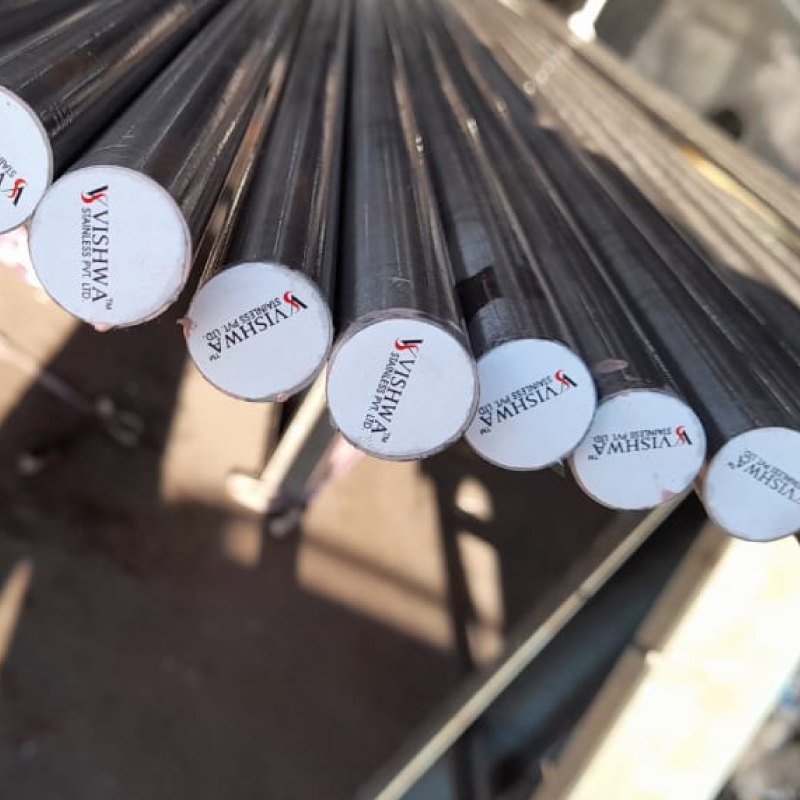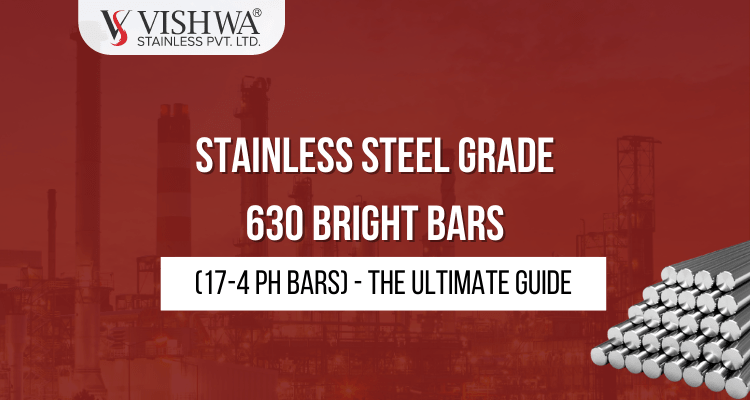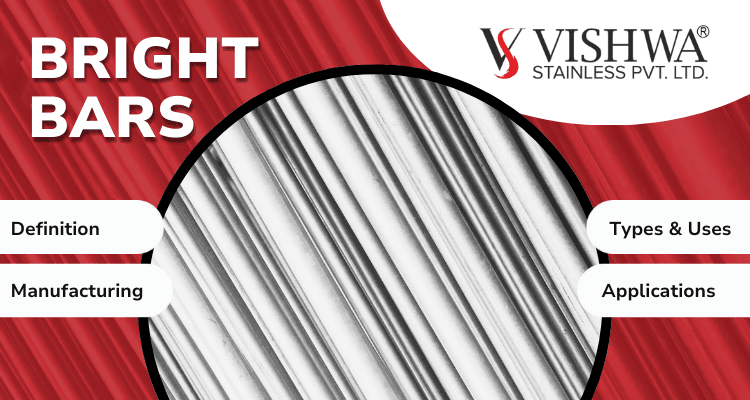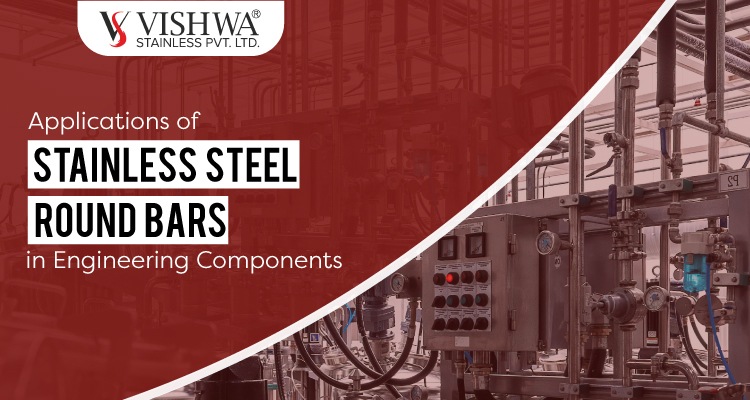Stainless steel has many grades, each with different properties that make them suitable for specific applications.
One of the less common grades is 630 stainless steel, available as bright bars.
This grade isn't as widely known as 304 or 316, but it offers an excellent mix of properties.
In this guide, you'll learn all about grade 630 bright bars so you can decide if they are the right choice for your project.

What is Stainless Steel Grade 630 Bright Bars?
Stainless steel grade 630 bright bars are straightened and descaled bars of high-strength, precipitation-hardening stainless steel.
They contain 17% chromium, 4% nickel, 4% copper, and 0.3% niobium for optimal strengthening. The "bright bar" designation means the bars have a uniform annealed condition and finely brushed descaled finish.
Compared to other grades, 630 bright bars offer much higher tensile and yield strength while maintaining good corrosion resistance.
This combination makes them perfect for highly stressed parts needing corrosion protection.
Key Properties of Grade 630 Bright Bars
Here are some of the key properties you get with grade 630 bright bars:
- Excellent strength — tensile strength around 150,000 psi.
- High hardness — up to Rc 36 when aged.
- Good toughness and ductility for stainless steel.
- Great corrosion resistance — similar to 304/316 grades.
- Can be easily machined and welded.
- Attractive brushed finish.
This unique property profile makes 630 ideal for applications needing strength, hardness, and corrosion resistance.
Mechanical Properties and Performance
The precipitation hardening of grade 630 bright bars results in exceptional mechanical properties. .
In addition to high strength and hardness, the bars have good fatigue resistance for cyclic loading applications.
They perform well at elevated temperatures up to 1000°F while retaining their strength.
The bars are actually fairly ductile and can be formed into various shapes. They can be welded using automatic or manual methods.
Corrosion Resistance
The chromium in grade 630 reacts with oxygen to form a passive film that resists corrosion. This protective layer allows it to have corrosion resistance similar to grade 304 and 316 stainless steels. It performs well in oxidizing acids and when exposed to chlorides.
This makes 630 an excellent choice for food processing and chemical processing equipment where corrosion protection is needed along with high strength.
Applications and Use Cases
Here are some common uses of grade 630 bright bars:
- Aircraft parts - combines strength and corrosion resistance for low weight
- Food processing machines - high hardness resists wear while corrosion resistance meets sanitation needs
- Medical implants like orthopedic devices - biocompatible with excellent mechanical properties
- Marine components like valves, shafts, fittings - stainless properties meet saltwater needs
- Molds and dies - high hardness withstands repeated cycling and wear
Any application needing hardenability, strength, hardness and corrosion resistance will benefit.
Why Choose Grade 630 Bright Bars?
For critical components that require optimized mechanical properties and corrosion resistance, grade 630 bright bars present an excellent solution.
Grade 630 bright bars provide substantially higher strength than 300 series grades while matching their corrosion resistance. This lets you design stronger but lighter parts.
In fact, replacing 316 with 630 can result in over 50% weight savings.
Conclusion
With their unique property combo, 630 bright bars enable next-generation component designs not possible with other stainless grades. They bring aerospace-level strength into corrosion resistant applications.
If you need both hardness and corrosion resistance, look no further than 630 bright bars by Vishwas Stainless. They’re one of the most reputable Stainless Steel manufacturers and exporters.



